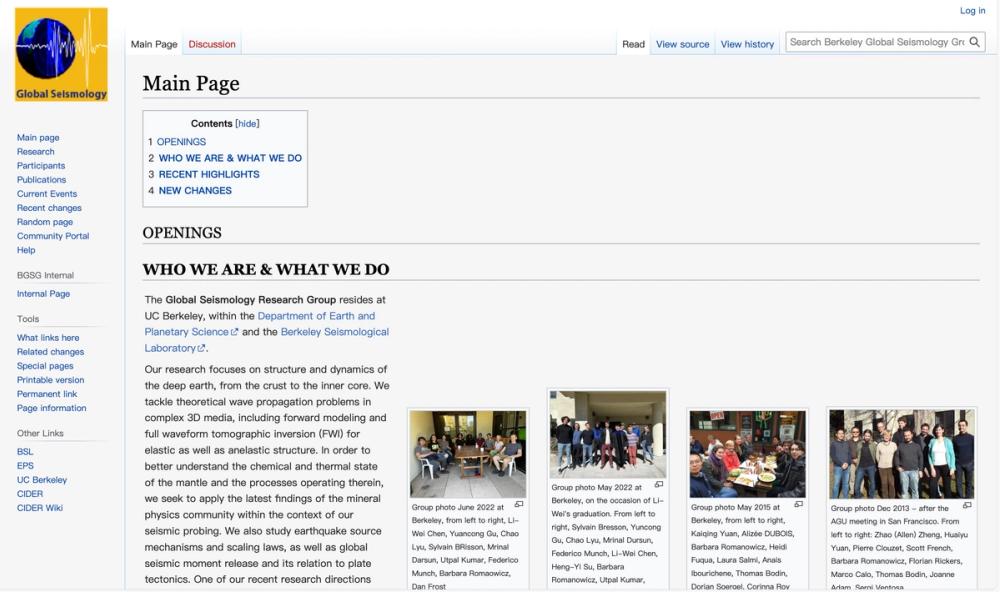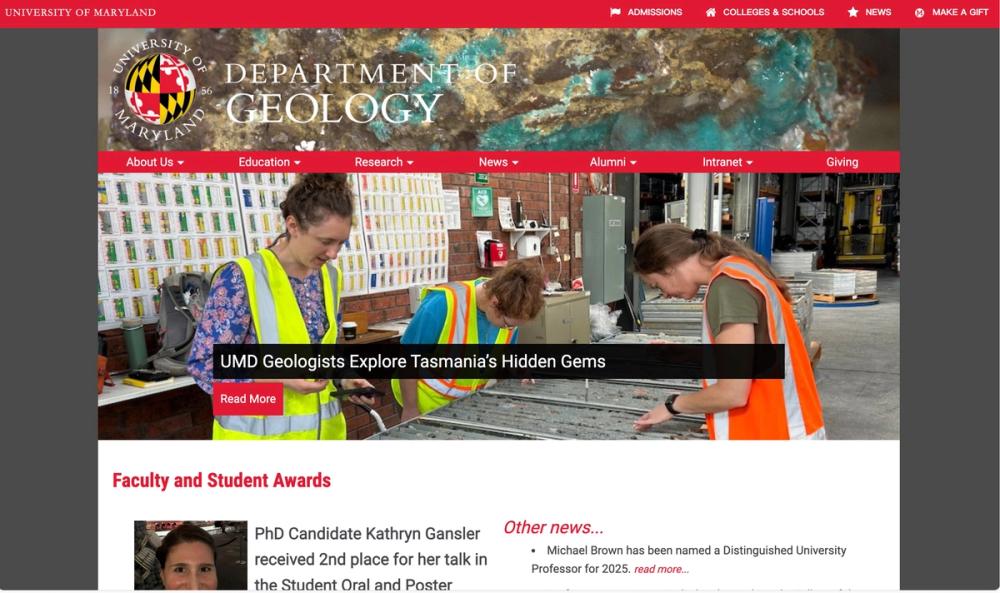Berkeley Global Seismology Group
The Berkeley Global Seismology Group is a prominent research entity based at the University of California, Berkeley, within the Department of Earth and Planetary Science and the Berkeley Seismological Laboratory. This group specializes in studying the structure and dynamics of the Earth's interior, spanning from the crust to the inner core. Their research encompasses theoretical wave propagation in complex 3D media, full waveform tomographic inversion (FWI) for elastic and anelastic structures, and earthquake source mechanisms.
Key features of their work include:
- Deep Earth Imaging: Utilizing advanced seismic tomography to map the Earth's mantle and core, integrating mineral physics to interpret chemical and thermal states.
- Innovative Methodologies: Developing techniques like 'Box Tomography' for targeted deep earth imaging with manageable computational costs.
- Earth's Hum Research: Investigating ocean-atmosphere-solid earth interactions through the study of the Earth's ambient seismic 'hum'.
- Global Seismic Studies: Analyzing seismic moment release and its relation to plate tectonics.
Their geophysical applications are critical for understanding mantle dynamics, earthquake processes, and inner core anisotropy, contributing to broader earth science challenges. The group supports a variety of users, including academic researchers, graduate students, and geophysicists, who engage in fundamental research and applied seismology. Typical use cases involve modeling seismic wave propagation, inverting for subsurface structures, and studying global tectonic processes. Their work, often funded by NSF grants, is published in leading journals like Nature Geoscience and Science, benefiting the global geophysical research community by providing data, models, and insights into Earth's deep interior.




